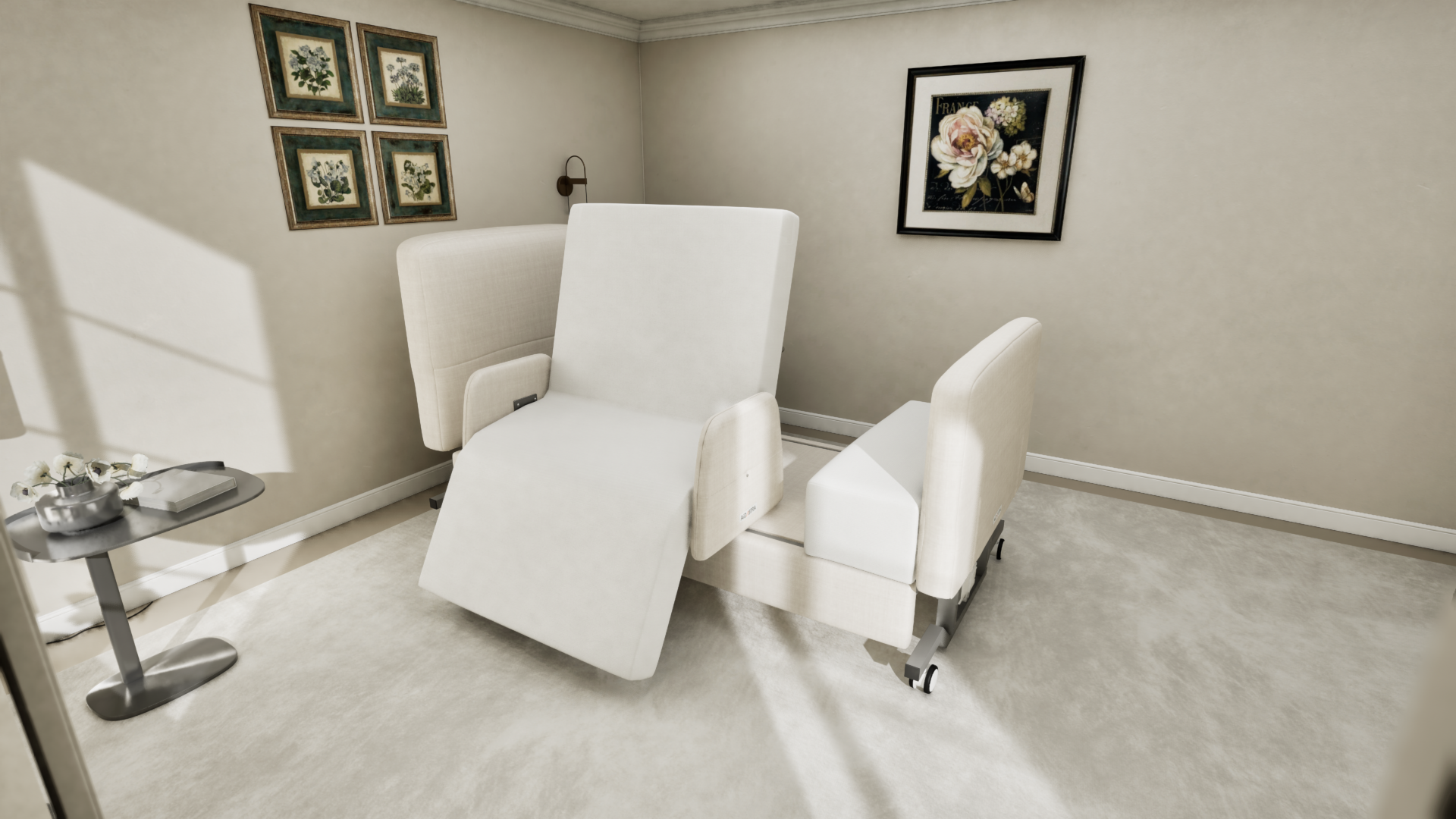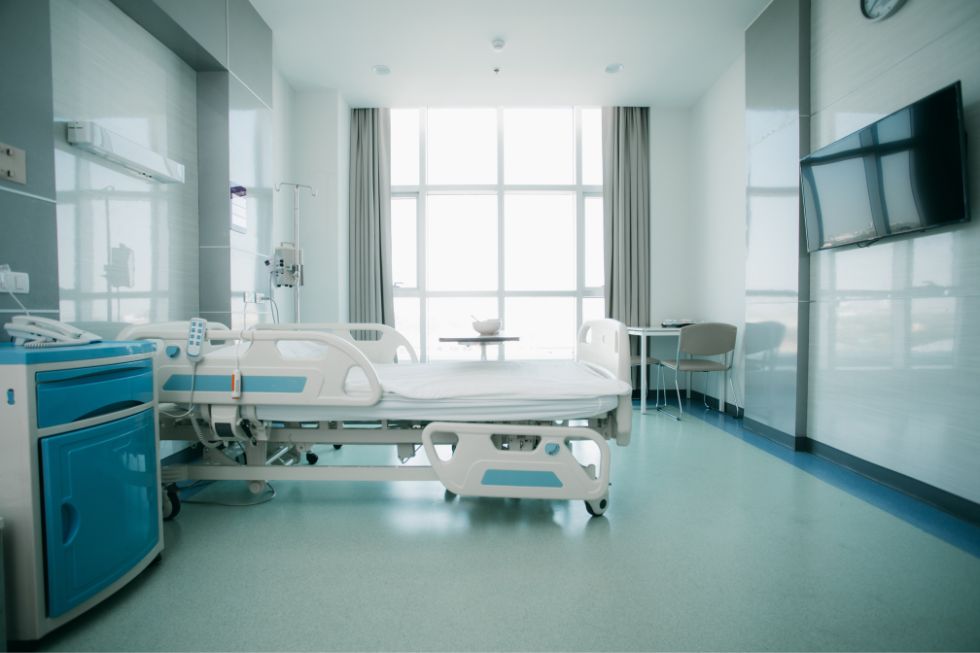8 Simple Techniques For Hospital Beds For Home Use
Some Known Factual Statements About Hospital Beds For Home Use
Table of ContentsHospital Beds For Home Use for BeginnersIndicators on Hospital Beds For Home Use You Should KnowSome Ideas on Hospital Beds For Home Use You Should KnowHospital Beds For Home Use Can Be Fun For AnyoneNot known Details About Hospital Beds For Home Use The smart Trick of Hospital Beds For Home Use That Nobody is Talking AboutAn Unbiased View of Hospital Beds For Home Use
There are 3 major types of medical facility beds: manual, semi-electric, and fully-electric. These beds utilize hand cranks to readjust the bed's height and raise and lower the head and the foot.
Semi-electric beds have an electric motor to elevate and lower the head and foot sections of the bed. Clients and caregivers change the positioning by pushing buttons making use of a hand pendant. The elevation of the bed is readjusted manually with a hand crank. Full-electric beds have an electric motor that can elevate the head and foot areas of the bed as well as the whole elevation and positioning of the bed.
7 Easy Facts About Hospital Beds For Home Use Described
There are numerous types of medical facility beds, each made to fulfill specific client demands. Right here are some usual kinds: This is the most common kind of medical facility bed, created for general clinical usage.
Reduced to the ground than a basic bed. This kind of bed is developed for bigger patients, with a larger framework and greater weight ability than a standard bed. This type of bed is made specifically for children, with smaller dimensions than a standard bed. Unique features such as full length side rails and cartoon design.
This kind of bed is made for seriously sick people that call for open surveillance and specialized clinical devices such as ventilators and mixture pumps. This sort of bed is made for use throughout labor and distribution, with adjustable placements and functions to sustain the mother and infant throughout the birth process.
Hospital Beds For Home Use Can Be Fun For Everyone
Multiple feature and the accessories perform expanding traction to various parts of the vertebra and the extremities without moving the human body. These are simply a couple of examples of the sorts of hospital beds available. The specific type of bed utilized will certainly depend on the person's condition, clinical needs, and other factors.
Here is the point you need to know. A one-function healthcare facility bed is a medical bed that allows an individual to move only the head or foot area up or down. A 2 feature medical facility bed commonly describes a kind of clinical bed that has two flexible functions to help people in medical facilities or treatment facilities.

Hospital Beds For Home Use Fundamentals Explained
A 7-function ICU bed is a sort of medical bed that provides numerous flexible features to support seriously sick individuals in a click for more critical care unit (ICU) (hospital beds for home use). The seven functions usually include: Back-rest modification: The back-rest can be adapted to numerous angles to assist the person stay up or relax comfortably
Height change: The bed can be increased or decreased to make it easier for individuals to get in and out of bed, and for caregivers to provide care. Trendelenburg setting: The whole bed can be tilted to promote blood flow and blood circulation in the body. Reverse Trendelenburg position: The bed can additionally be tilted in the opposite instructions to advertise blood flow and circulation in the top body.
1. What Size is a Health Center Bed? 2. Just how Much Does a Medical Facility Bed Expense? 3. Why Do Health Center Beds Have Side Bed Rails? 4. What Are The Key Healthcare Facility Bed Parts?. While more read economical than electric designs, these beds require physical effort for adjustments. The primary advantages of manual beds are their cost and reliability, as they don't count on power. However, the demand for hand-operated initiative can be a constraint in situations where quick adjustments are essential or where caregivers face physical obstacles.
Hospital Beds For Home Use Fundamentals Explained
Semi-electric healthcare facility beds provide an equilibrium of guidebook and electrical controls. These beds provide an optimal center ground in between manual and totally electrical options, providing simplicity of usage without the complete cost of electric versions.
Semi-electric beds are appropriate for clients that need modest changes to the head and foot areas but can take care of without constant height adjustments. This makes them a cost-efficient option for those looking for convenience and benefit without the requirement for constant repositioning. Completely electric health center beds include electrical controls for smooth modifications to the height, head, and foot sections.
Specialty hospital beds, such as ICU beds, lasting treatment beds, and bariatric beds, are carefully designed to attend to details medical needs. These beds use tailored look after diverse individual teams, improving both end results and comfort. In the complying with sections, we will explore the main sorts of specialty healthcare facility beds, detailing their specific advantages and applications.
With years of experience in manufacturing electric direct actuators - hospital beds for home use and close partnership with the healthcare industry, TiMOTION is well-positioned to provide reliable health care solutions. Our vertically incorporated business manages every action of the production process, from design to actuator assembly, ensuring we deliver outstanding worth and personalized solutions customized to your particular demands
What Does Hospital Beds For Home Use Do?

For more information about incorporating these technologies right into your products, contact us today. More analysis:.
Data is sourced from the Medicare Price Report.

How Hospital Beds For Home Use can Save You Time, Stress, and Money.
A medical facility bed is a bed designed specifically for medical functions. It is not only a location for patients to relax, but also a system for medical operations. Unlike ordinary home beds, hospital beds generally have flexible attributes, which can facilitate medical staff to make different adjustments straight from the source according to the needs of individuals, such as transforming the height, disposition, and support angle of the back and legs of the bed.